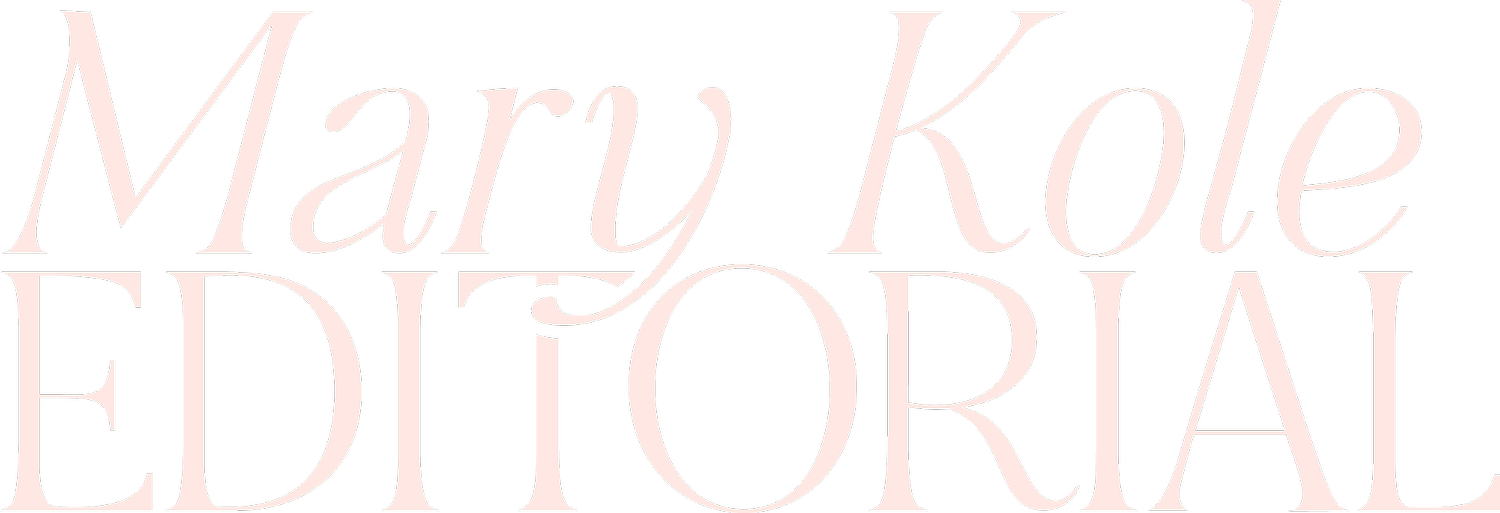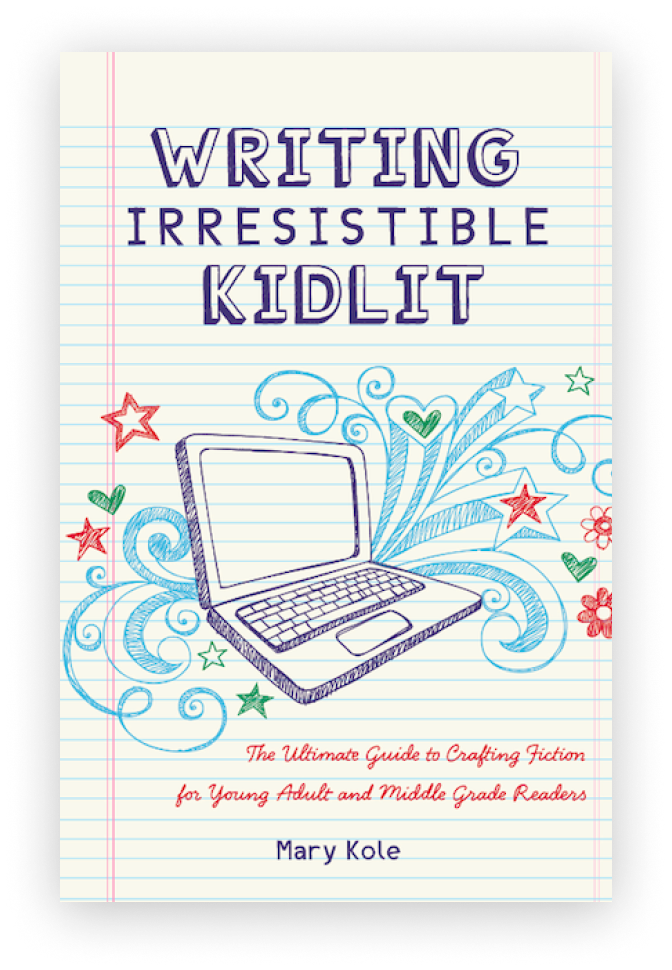How to Use Book Tropes
By Mary Kole
Mary Kole is a former literary agent, freelance editor, writing teacher, author of Writing Irresistible Kidlit, and IP developer for major publishers, with over a decade in the publishing industry.
Aspiring writers dream of becoming published authors one day, but it takes more than just having a great book idea. Your book needs to be able to stand out in a crowded market, and that's where book tropes come in. But what exactly are book tropes, and how can you use them to your advantage without falling into common pitfalls? In this guide, I’ll explore everything you need to know about book tropes, including common ones, how to differentiate them across book genres, and how to play with them to make your work marketable yet unique.
What Are Book Tropes?
Let's start with the basics. What are book tropes? Simply put, they are common plot devices, theme, or character types that are commonly used across various book genres. While they may help make your book more relatable to your target audience, they can also make it seem too generic. This is why it's important to understand the different types of book tropes and how to use them skillfully.
Some common book tropes include "chosen one" protagonists, love triangles, coming of age stories, and villain redemption arcs. However, these tropes often differ across genres. For example, the chosen one trope is quite common in fantasy and science fiction novels, but less so in literary fiction or a romantic comedy. Similarly, the "meet-cute" trope is a common romance trope, but rarely found in a mystery novel.
know your book tropes
Knowing what kind of book tropes are popular in your genre is crucial in helping you achieve your writing goals. You can orient your work to readers' overall expectations of your chosen book genre, which can be a good thing—after all, readers do enjoy being comforted by familiar tropes, or seeing them turned on their ear. However, be cautious not to overuse or misuse book tropes. This is where being intentional about book trope selection comes into play.
One way to stand out while using book tropes is to combine them in new and fresh ways. For instance, what if you gave the hero's journey plot arc a unique twist with a villain redemption character arc? Or, what if you turn the damsel in distress trope on its head by making your lead female character capable and empowered from the start? The possibilities for creativity are endless. The key is to ensure that your plot still makes sense and the change is justified for your specific narrative and story idea.
Playing with Book Tropes
It's also important to know how to subvert or challenge tropes. After all, book tropes exist because they work to convey to the readers what to expect from the story. However, a storyteller can also use a trope to create a sense of subversion. For example, you can play with the atypical coming-of-age trope (usually focused on puberty and adolescence in a middle grade or young adult novel) by writing about an older adult character who, through overcoming challenges and confronting past mistakes, also experiences a sort of delayed coming-of-age story and goes back to their hometown to make amends. Or a character who has done everything “right” their whole life, but decides to let loose and have a midlife crisis because they never got to be a reckless teenager.
Successfully working with book tropes requires careful thought and planning, but it can lead to writing marketable books that feel fresh and exciting to readers. Tropes provide a blueprint of reader expectations, but writers need to find ways to make them unique, stand out, and make them their own. By being intentional about the book tropes you use and always looking for ways to encourage creativity, your writing can both stand out and fit in.

Click here to purchase Writing Irresistible Kidlit, my book on fiction craft for MG and YA novels, out from Writer's Digest Books. This will show you my writing craft philosophy and give you lots of valuable advice, including tips for the novel revision process and self-editing. There are over 35 example novels cited and discussed throughout. It’s a valuable resource for any writer’s toolkit.
Click here to purchase Irresistible Query Letters, my book on query letters, including over forty examples with comprehensive notes on each one. There’s a ton of submission advice, best practices, and insider information in these pages, and you’ll really enjoy seeing what other writers are doing in the slush.
Click here to purchase Writing Interiority: Crafting Irresistible Characters, my book on interiority and character creation. Explore your protagonist’s thoughts, feelings, reactions and interpretations, expectations, and inner struggles to create a rich, immersive experience. This guide will empower you to create characters who live and breathe on the page, fostering an unbreakable bond with your audience.





